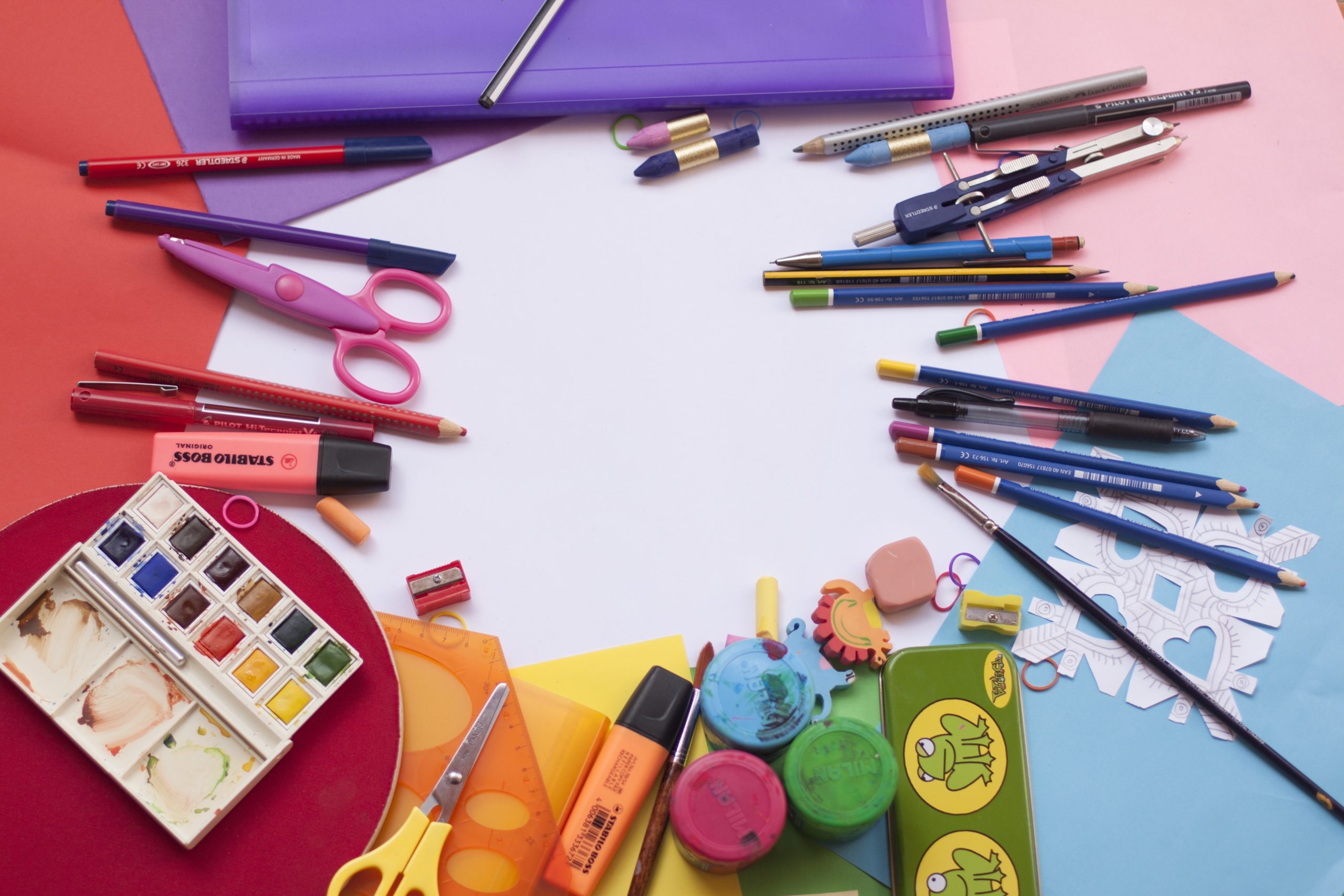I hear it all the time: “The last time I was creative was in middle school.” We all chuckle as we admit to one another that creative group projects are not where our strengths lie, yet we don’t really question why. Under the quarter system, without scheduled time for creative expression — whether it be through writing, art, music, or dancing — it becomes easy to neglect one’s needs for creative expression. Consumption of media is easy — but, the truth is, creation of it is not.
I’m not going to explain to you the benefits of creativity or of expressing yourself through art. You should know that. But there’s something inhumane about how the arts increasingly grow inaccessible, whether it be due to a lack of time, money or motivation. Stanford stifles creativity. It becomes harder to write poems of nature when classrooms cram factoid after factoid on natural substances into problem set after problem set. It becomes harder to practice an instrument casually when your PWR essay begs you to write it before the deadline. It becomes even harder to practice singing or dancing or performing when all those arts require time that could be spent doing “something more productive.”
It becomes hard to keep fostering your creative passions. Those feelings, quite frankly, are valid. Stanford can feel suffocating sometimes, but you deserve to thrive, not just survive. This article is a small attempt at helping us all get there. Below are some pieces of advice I’ve received that have helped me during my time here.
Find a mentor in your medium and befriend them.
If you’re an artist or a musician, it becomes easier to lose touch with your creative side if you’re alone when you practice. Why write poems when no one hears them or reads them? You begin to lose motivation and begin to forget the internal value of your work. Expressing yourself becomes easier when you find a community of artists both in and out of your medium that supports you for who you are. Once you gain some true friends in your art, you’ll see a natural increase in the quality of your work.
Schedule free time for yourself.
Art is an extension of the inner workings of your mind. You can’t exactly be creative if you fall into a mundane pattern of going to classes, meetings, work and then sleep. You should constantly be disrupting yourself and engaging in a dynamic lifestyle. Drop in at a different club’s meeting. Experiment with a new medium. Take time to take deep breaths and ask your body what it needs. Check in with yourself, ask yourself what you want to do and expose yourself to new sights and people.
Schedule time for your art!
This one seems pretty obvious, but if you’re an artist, draw sketches in a journal every day. If you’re a dancer, attend workshops every now and then. If you’re a writer, maybe write. It doesn’t even have to be a short story or poem. You might take the aforementioned PWR essay and turn it into a creative Boothe Prize winner research-based argument. Surprise yourself by showing up for your art and yourself.
Share your creativity with others.
Without a doubt, this is the hardest piece of advice to swallow. Share your art. Vulnerability is one of those things that is easier said than done, but having others take in your art sparks conversation. Conversations can lead to doors opening in other people’s minds and may ultimately help our campus thrive.
Contact Richard Coca at richcoca ‘at’ stanford.edu.
